In describing these photographs, the photographer Lidudumalingani offers two prefatory facts: they were taken in Zikhovane, an Eastern Cape mountain village in South Africa where he was born, soon after COVID-era restrictions were lifted. By this he indicates how his stance is that of a local, and how, seen correctly, these are pictures of a life in the interregnum between upheaval and aftermath.
The interregnum is most sharply observed in the image of a desolate, lonesome bus stop. By every indication it is dysfunctional. A low mountain range stretches along in the background, as the road in the foreground is framed so it shows nothing of a here or there. The desolation of the bus stop might have predated the pandemic, but its inclusion in a series otherwise dedicated to a village’s collective rhythms is telling. It is an apt representation of the disquieting stillness the village was plunged into, one that must have been intensified by the spareness of landscape.
A local of a village owes little of his reasoning about the place of his birth to empirical evidence. He knows things first by experience, and perhaps later—in adulthood or after an absence—by a somewhat detached reckoning. Photography’s great utility is to serve as a sort of interpreter between the native and his land. So that when he frames a picture of boys on horses, or zooms his camera towards a shearer’s hand, what he sees is a version of himself in the middle of those tasks.
This is clear in what Lidudumalingani had written of one of the photographs, alluding to the activity in a near-precise sequence: “Shearing sheep is an essential skill for young boys, without it, one is not boy enough. It’s violent, manly, difficult. The young boy must run after the sheep in the garden, violently pull it around the garden by its wall, into the shed where it would be sheared, and then pin it down to the floor with their knee, whilst the seizer cuts the thick fair of the sheep.”
Besides the animals there are the mourners. In both instances, they are pictured from behind: a cluster of men in dark clothing seen from the opening of a tent, another group with women in the foreground, with gravestones to the right and left. The most common accessory, besides the identical black or red attire, is a face mask. Yet it is not only telling that they cover half their faces. It is also the choice to identify each person at a remove, to picture no one with a return glance.
We might assume that the more familiar a photographer is, the more expressive his shots would be. Not so here. The tone of these images—minimal in their details and scrupulously composed—match their subject matter, of a village easing into another lease on life, patient with itself.
— Emmanuel Iduma
Listen to Lidudumalingani discuss his project
Lidudumalingani is a writer, photographer, and filmmaker. He lives in Johannesburg, South Africa, and currently works as a Commissioning Editor at Multichoice/Showmax. See more of Lidudumalingani’s work on Tender Photo here, here, and here.
TENDER PHOTO is a collaborative digital archive and publishing platform of contemporary African photography, edited by Emmanuel Iduma. Our aim is to use photography to engage with life on the African continent. We publish narratives about the people, places, and events pictured in photographs, contributing to nuanced and layered perceptions. Every Wednesday we feature a photograph, a short caption about it, and a statement from the photographer. Last year, we published commentaries or photo-essays in response to photographs previously featured on the newsletter, including CORRESPONDENCES, CONCORDANCE, KINDRED, INDEX, and AFFINITIES.
This is the third edition of a series dedicated to the 5 photographers featured in Process Projected, Amsterdam. Read last week’s feature on Fibi Afloe.
Thank you for reading. If this newsletter was shared with you, consider subscribing, or forward to a friend. Please whitelist the newsletter to ensure you never miss it.

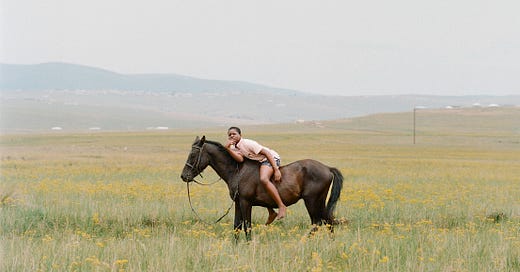


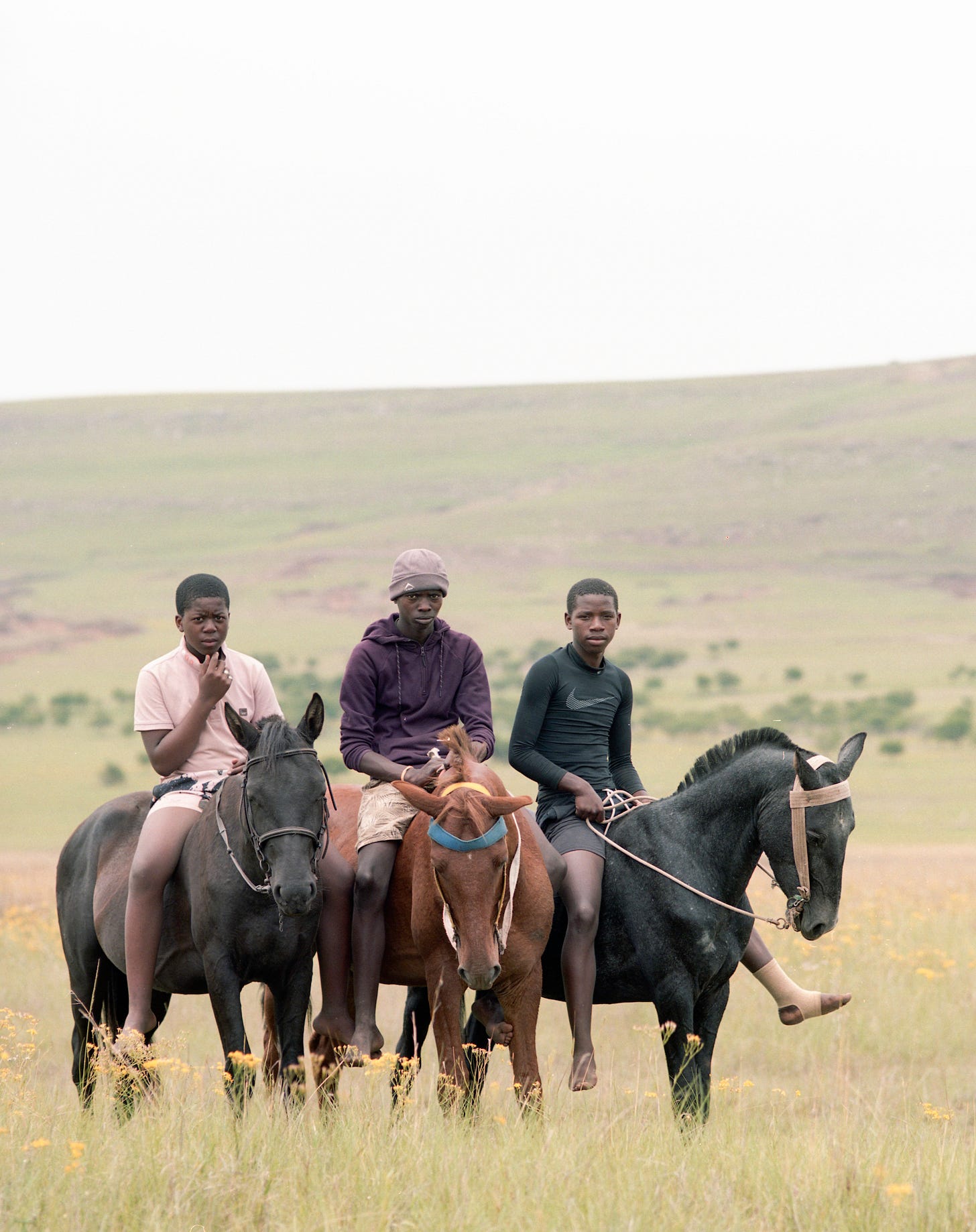
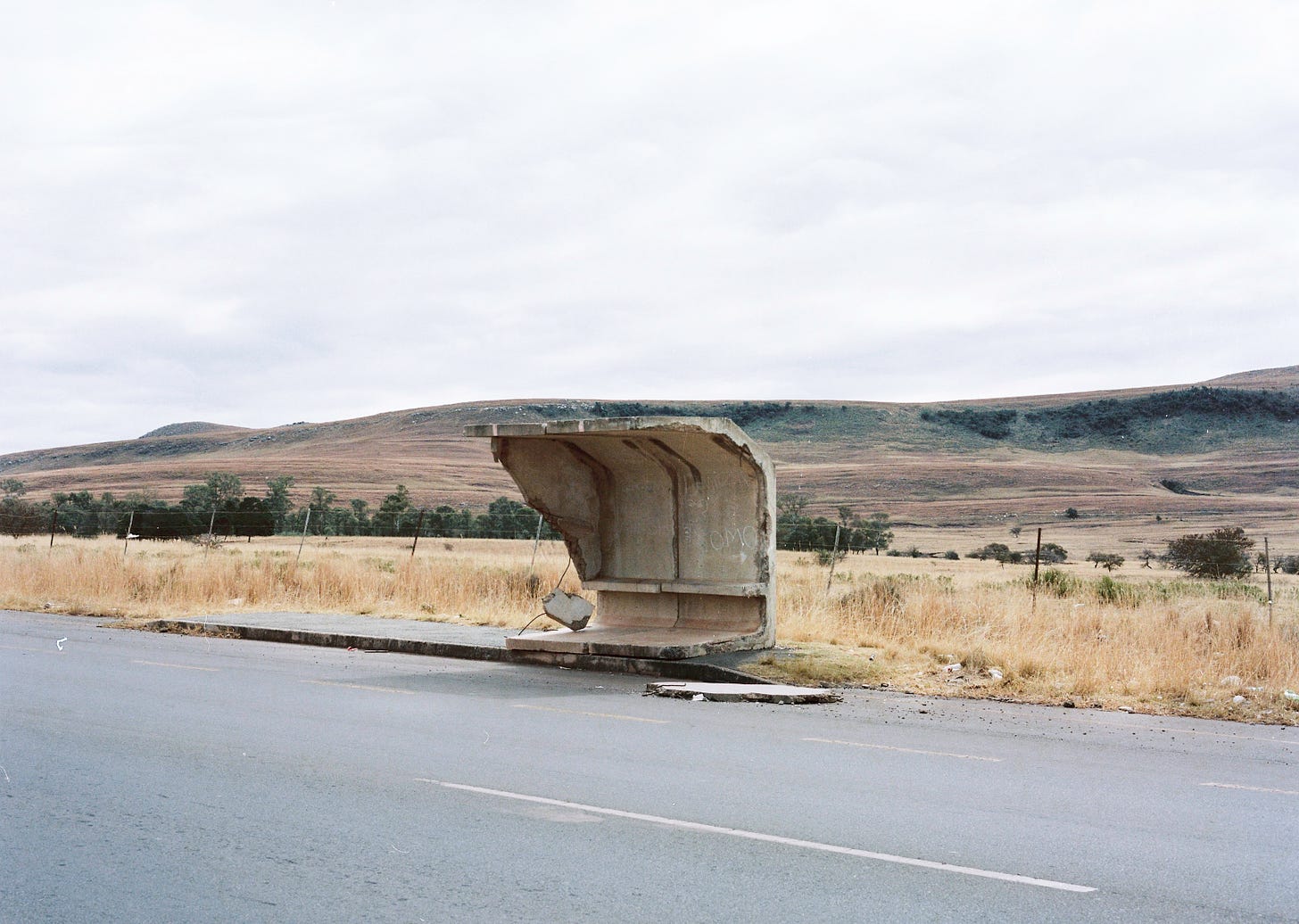
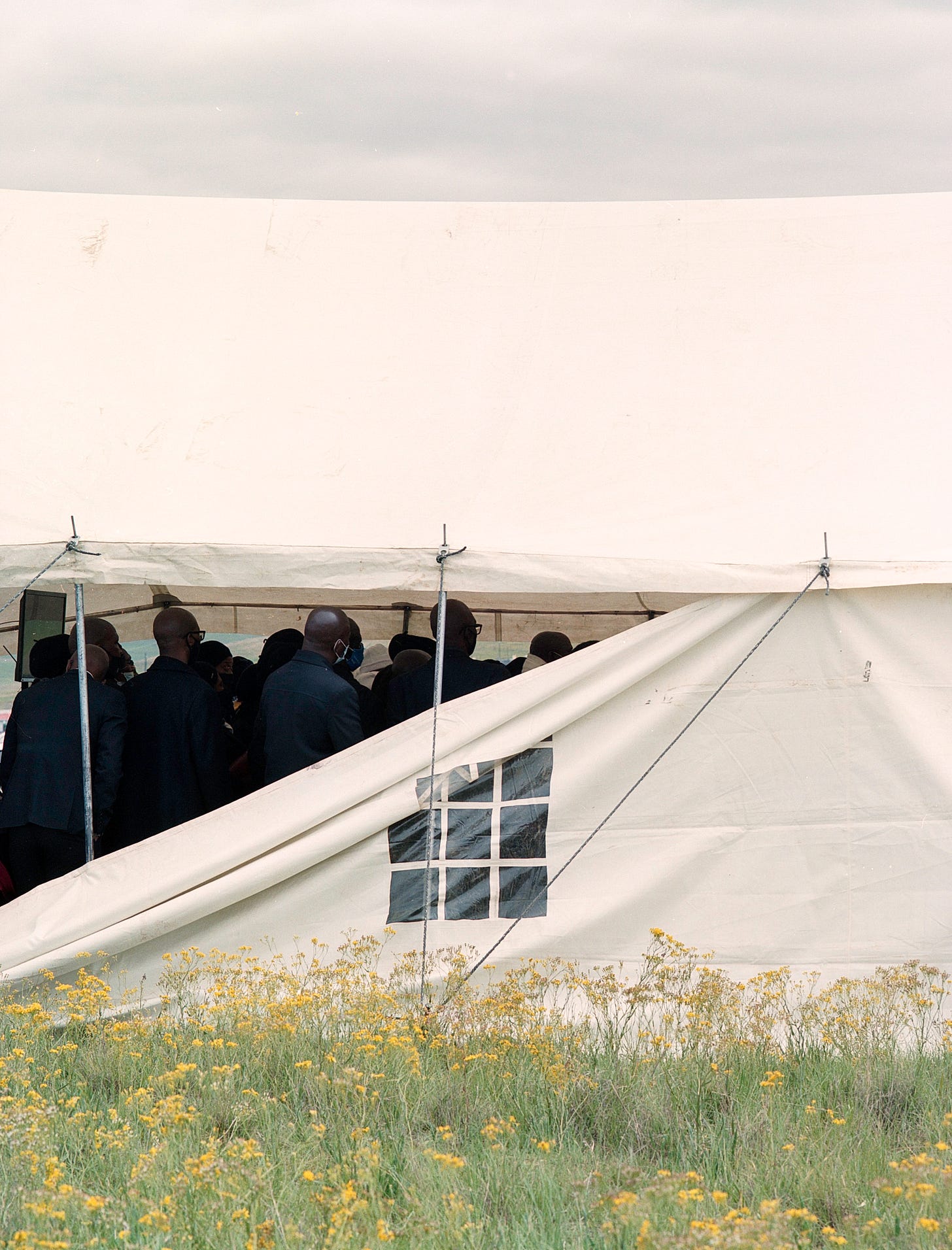
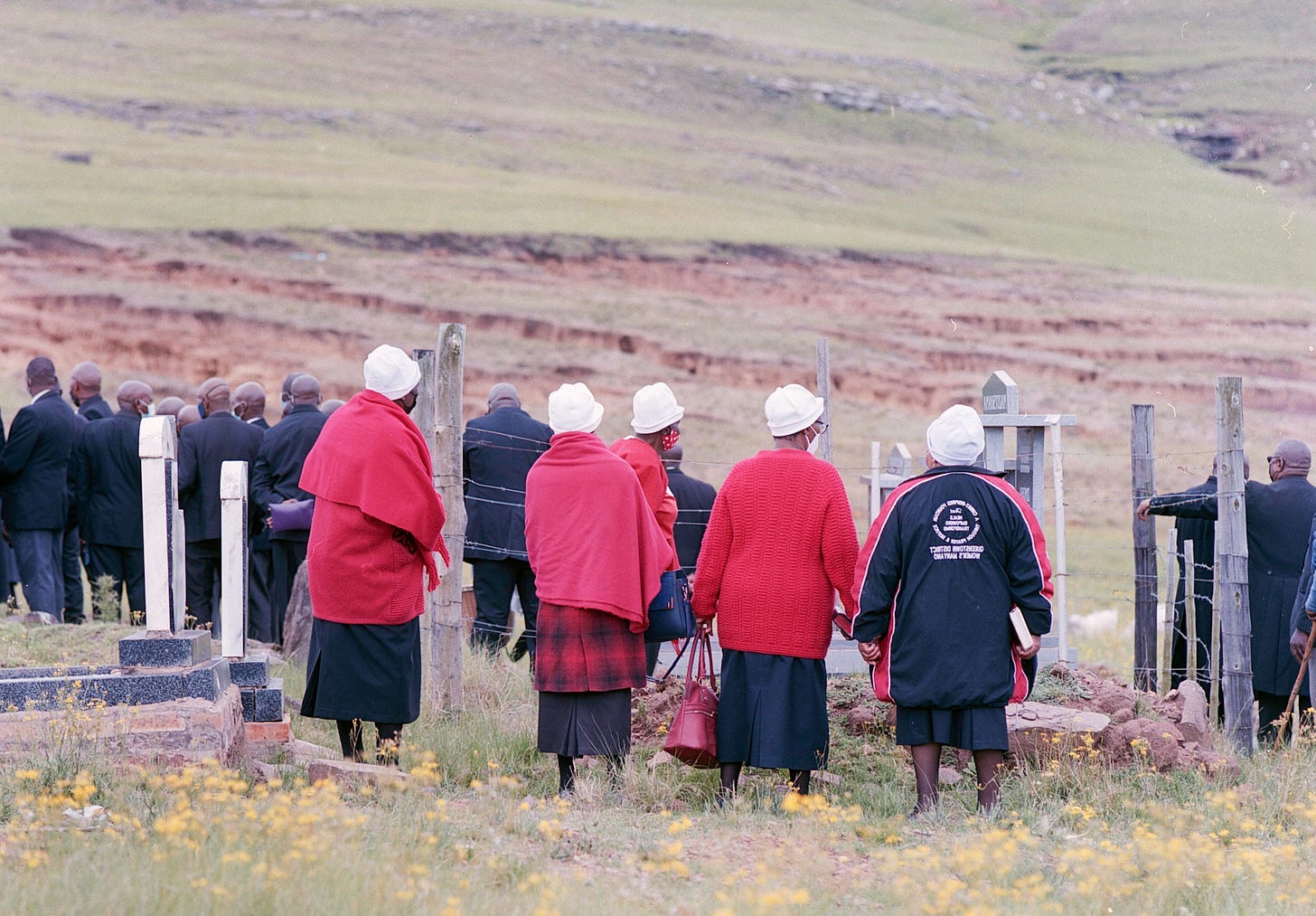
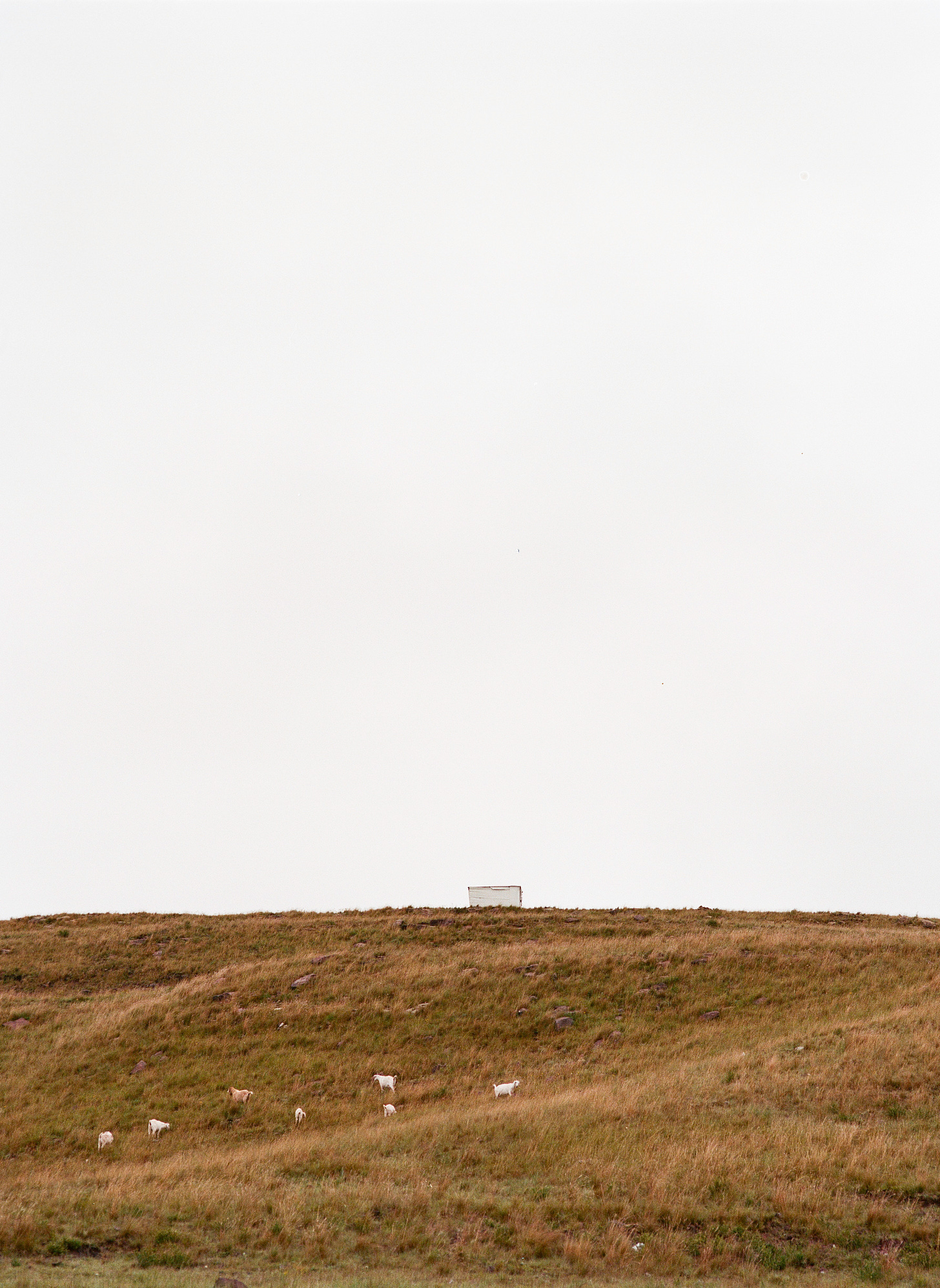
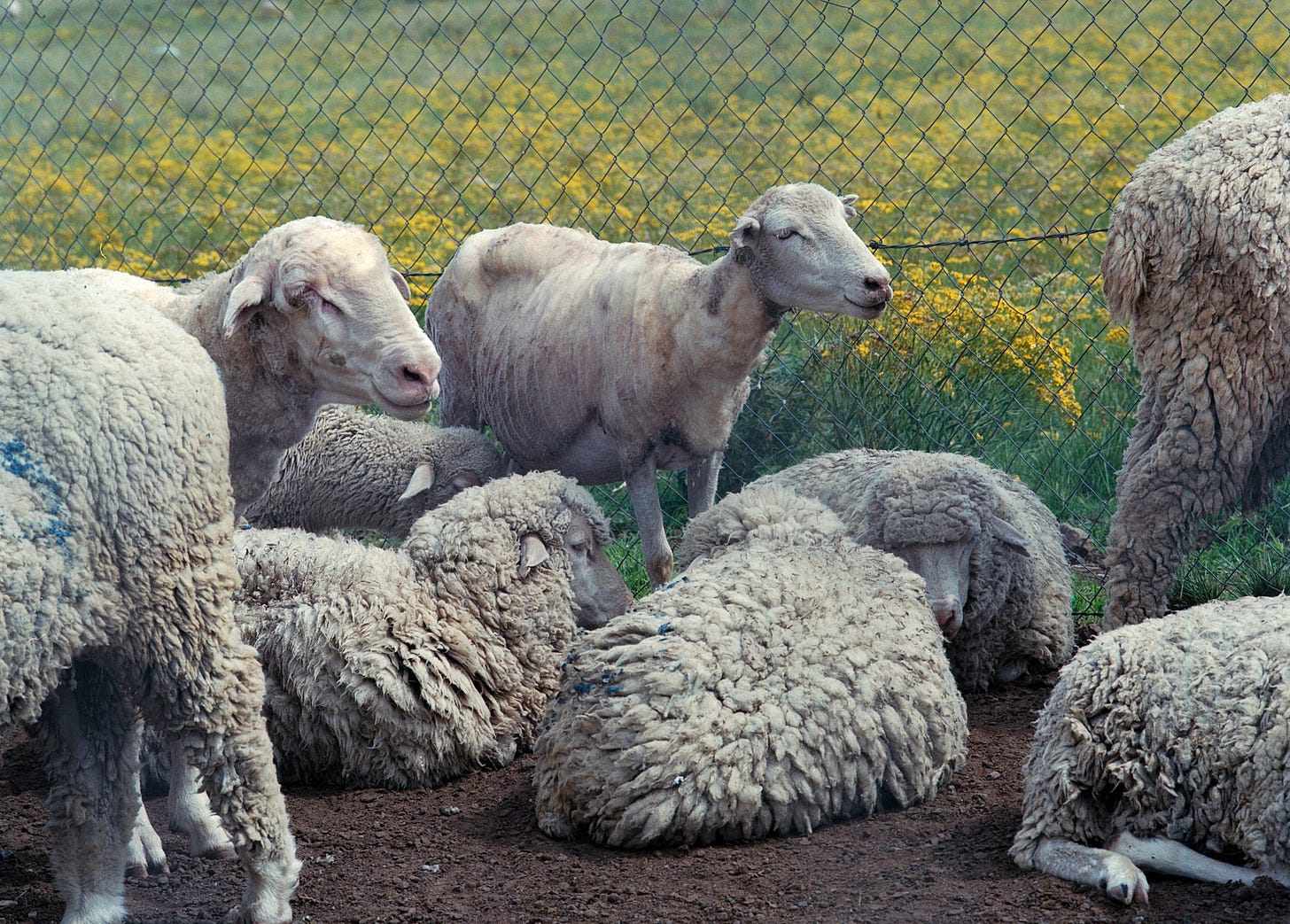
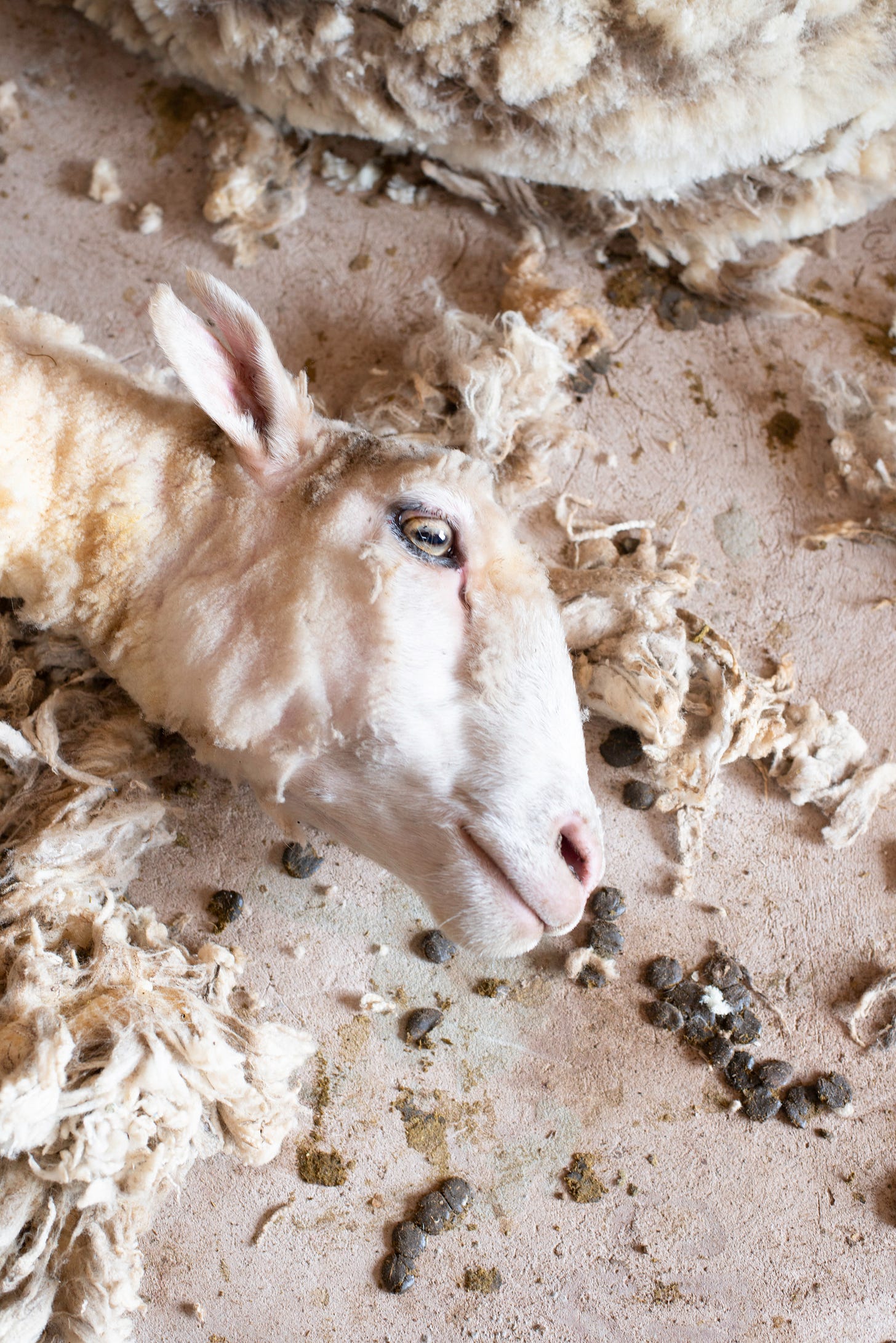
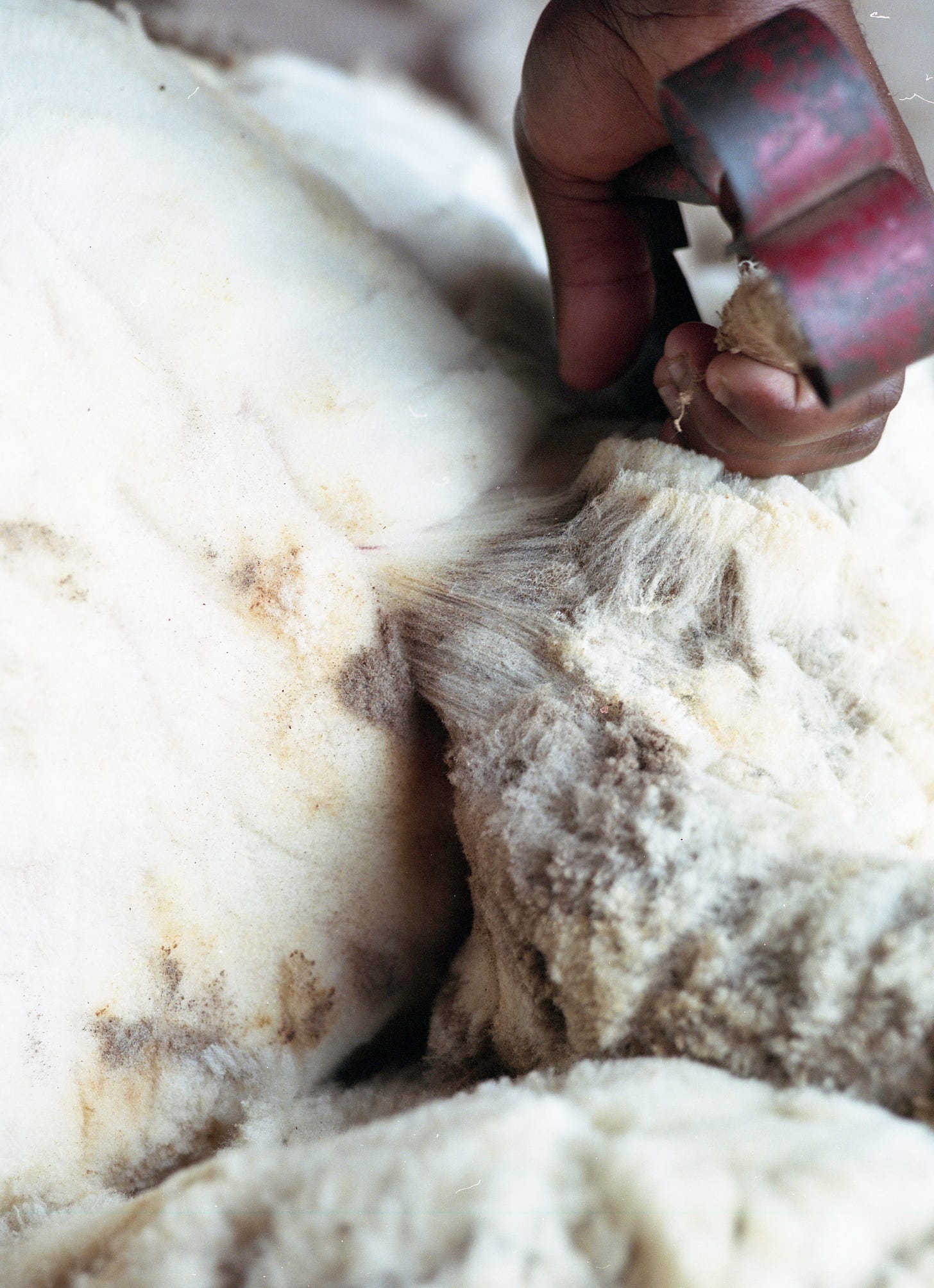
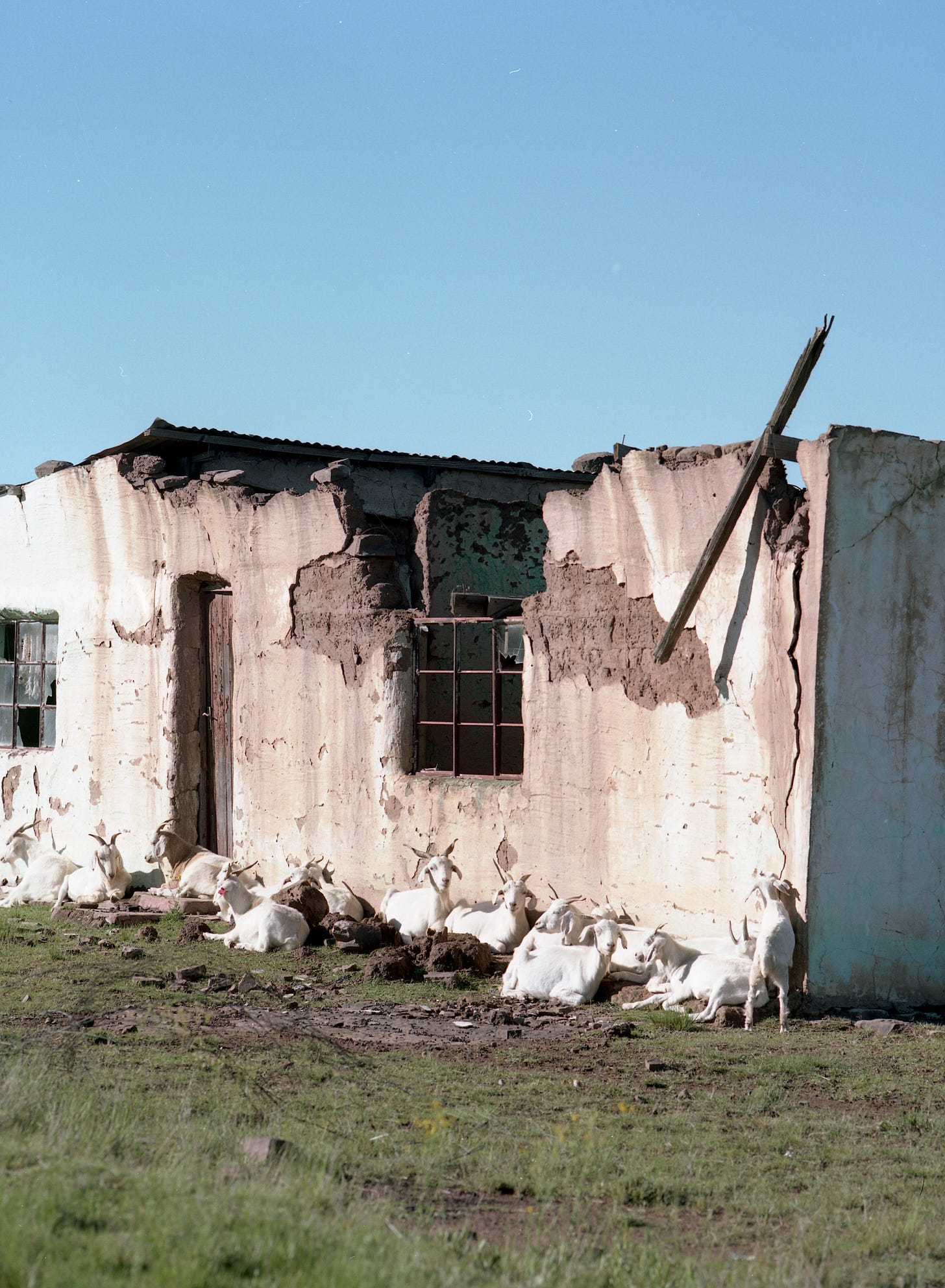
Thank you for giving voice to the project. I think funerals were one of the most difficult to adjust to.
i LOVE the listening part of this. it feels like i'm immersed into these photographs and the scene (the written + visual + audio). beautiful.